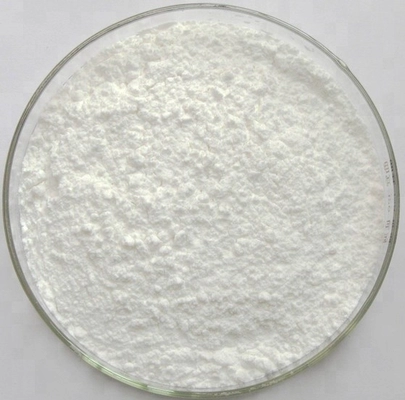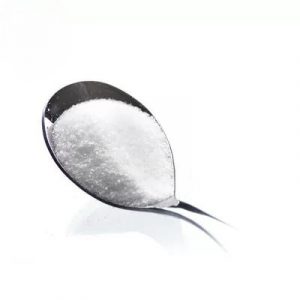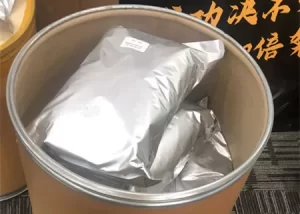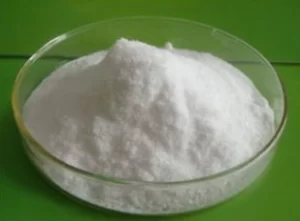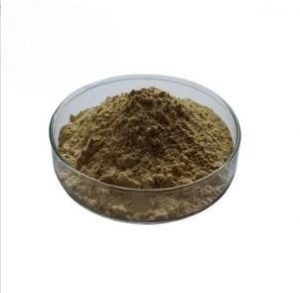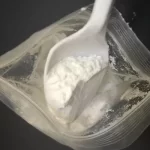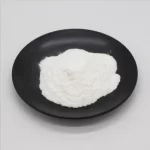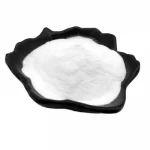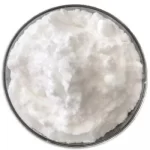Description
Anti Avian Influenza Virus Star Anise Shikimic Acid CAS 138-59-0
Description
| Product Name: | Shikimic Acid | CAS No.: | 138-59-0 |
|---|---|---|---|
| Molecular Formula: | C7H10O5 | Molecular Weight: | 174.15 |
| Apperance: | Powder | MSDS: | Avaliable |
| Storage: | Cool And Dry | ||
| High Light: |
Anti Avian Influenza Virus Shikimic Acid, Shikimic Acid CAS 138-59-0, 138-59-0 Star Anise Extract |
||
Plant Extract Powder Anti-Avian Influenza Virus Star Anise Extract Shikimic acid CAS 138-59-0
Description:
| Product name | Shikimic acid |
| CAS no. | 138-59-0 |
| Molecular formula | C7H10O5 |
| Molecular weight | 174.15 |
| Purity | 99%min |
| COA | Available |
Star anise contains shikimic acid, an important ingredient against Asian avian influenza virus. Experts say this is the only weapon in the world against bird flu. Rich in China and Vietnam, it is the fruit of a small oriental tree species of the Magnoliaceae. It has a spicy taste and resembles licorice. It is a traditional condiment in Eastern cuisine and is also the main spice for French green ouzo and ouzo liqueurs. It can also be used to increase the aroma of candy, ouzo and tobacco.
Function:
1. An anti-tumor drug, which is also a synthetic raw material for anti-tumor drugs such as dioxamycin and glyoxalase inhibitors
2. Shikimic acid is a key precursor for the synthesis of many alkaloids, aryl amino acids, indole derivatives and chiral drugs. Recently, shikimic acid has been used as the starting material of oseltamivir (the active ingredient of Tamiflu), which is a neuraminidase inhibitor and can be used to treat and prevent influenza A and influenza B.
3. Used as a standard for quantitative determination of shikimic acid content in the top part of roots. Also used as a substrate for shikimate kinase test.

